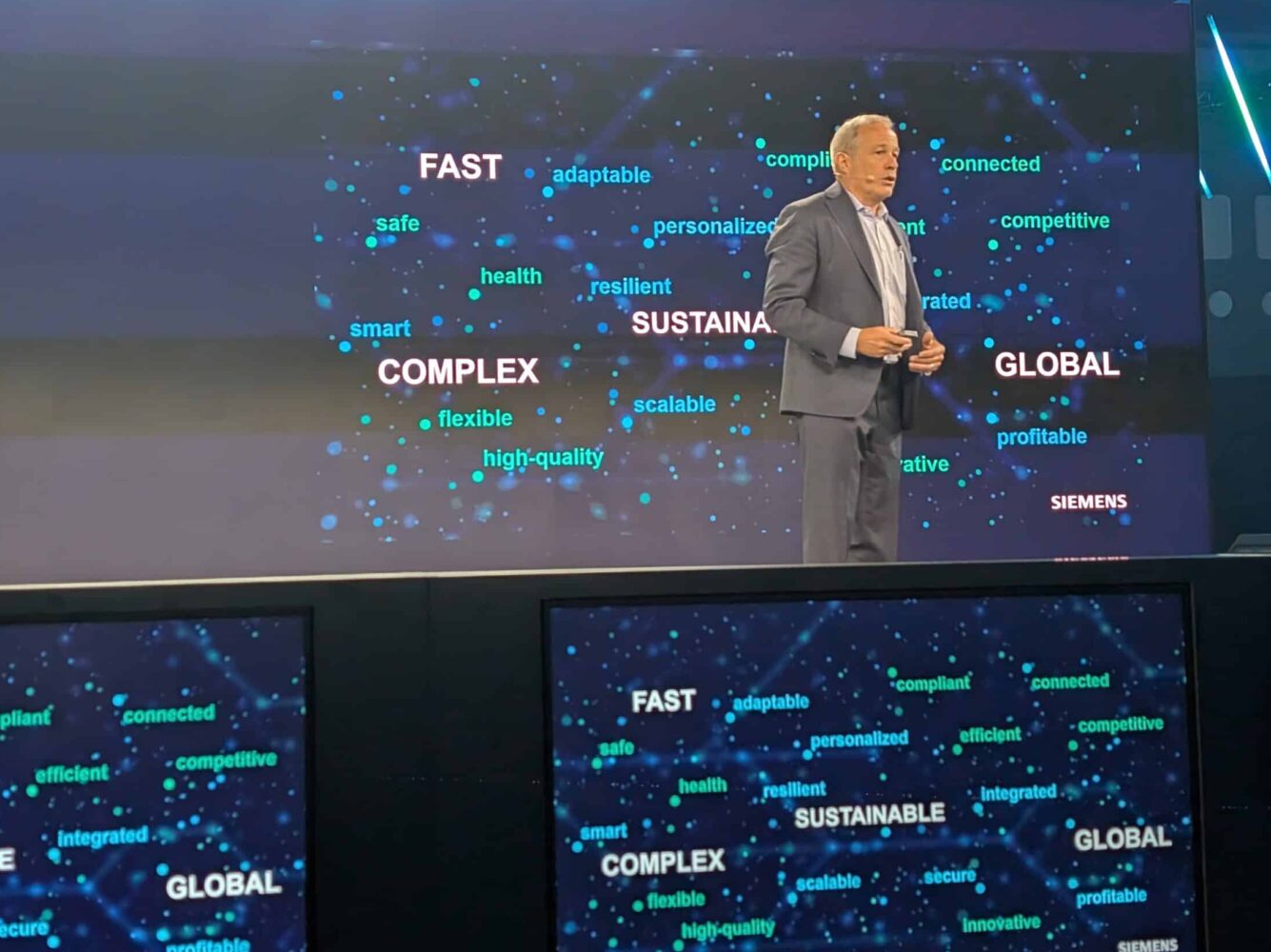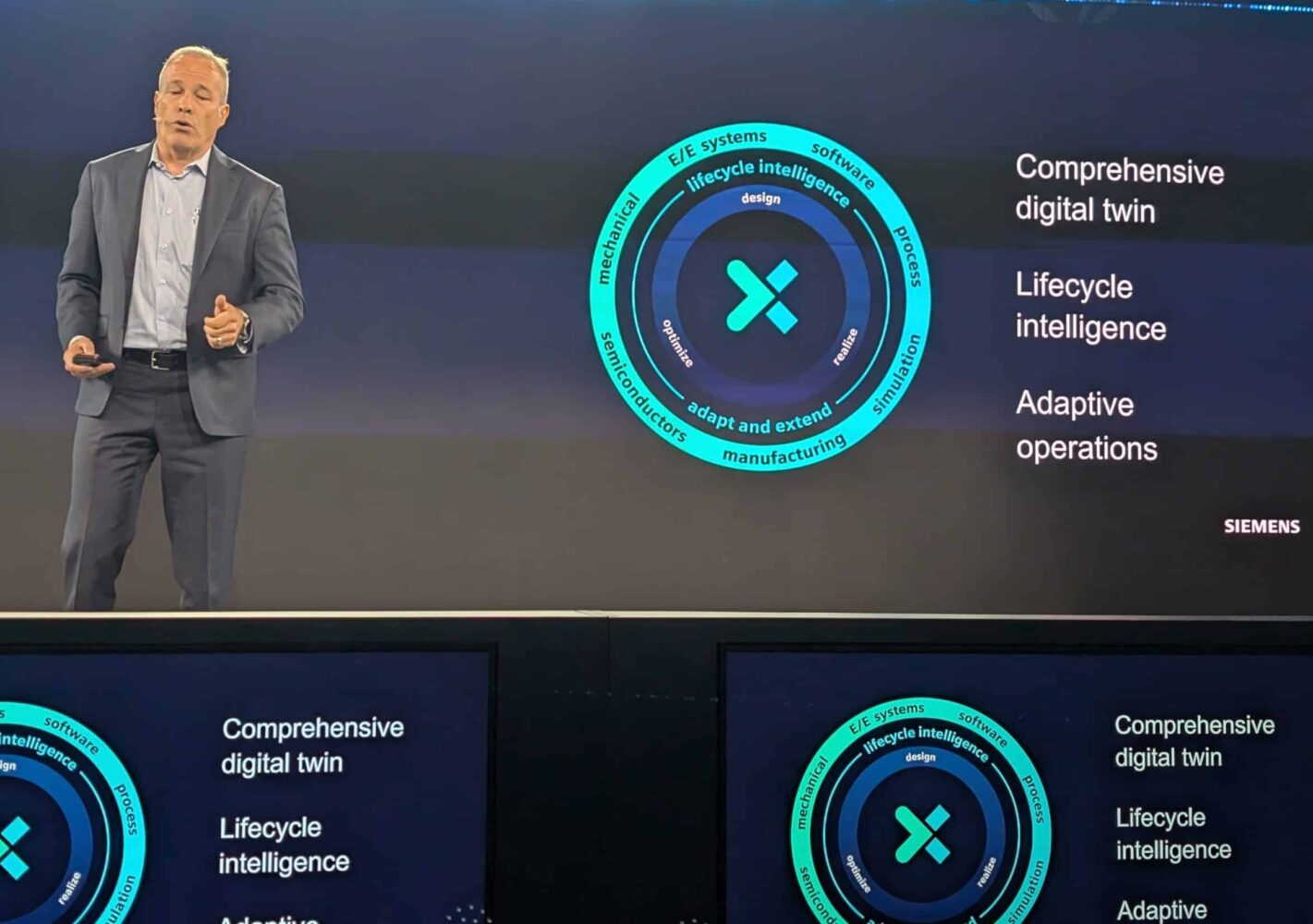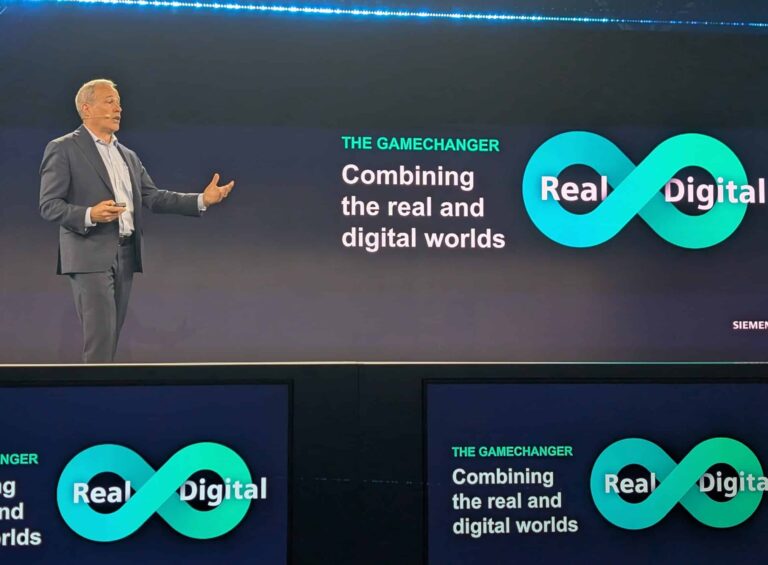In today’s industrial landscape, complexity has become the norm. Driven by growing customer demand for smart, connected, and personalized products, manufacturers face increasing pressure across the entire value chain. Whether building watches, cars, aircraft, or advanced machines, companies must find ways to either simplify operations or master complexity to stay competitive.
Faced with these mounting pressures, manufacturers have two choices. They can either try to reduce complexity by simplifying products and operations, or they can embrace complexity and turn it into a competitive advantage. The latter strategy requires an entirely new way of working, one that integrates data, domains, and processes seamlessly across the enterprise.
This approach introduces the concept of “innovation at the boundaries,” which appears in two key areas. The first is the convergence of domains. No longer is it sufficient to master mechanical, electrical, or software development in isolation. True innovation comes from integrating these disciplines, yet doing so poses technical and organizational challenges, especially when aligning fast-moving software development cycles with more traditional hardware engineering timelines.
The second boundary lies along the product lifecycle. Traditional notions like “designed for manufacturability” or “designed for service” are losing relevance as the innovation process becomes more continuous. Instead of linear handoffs between stages, companies must now manage a blurred sequence of overlapping activities from design to manufacturing to field performance.
Legacy systems fall short
Most current systems were never designed to deal with this level of interconnectedness and complexity. Many organizations still rely on legacy IT or homegrown solutions that lack the ability to manage data and collaboration across domains. These fragmented approaches lead to silos, inefficiencies, and missed opportunities for innovation.
To address this, Siemens developed a product suite it refers to as the “digital backbone.” This backbone is a unifying layer that connects information across the entire innovation lifecycle, from product concept to production to service delivery. It supports the integration of mechanical, electrical, electronic, and software domains, while presenting users with only the contextual information they need at any given time.

A three-pillar foundation
The digital backbone is enabled by Siemens’ broader Xcelerator platform, which rests on three key pillars. The first is the comprehensive digital twin, the simulation model that mirrors the physical product as well as its behavior in the real world, manufacturing environments, and service conditions. These simulations are continuously refined using real-world data, helping companies predict outcomes and optimize processes.
Recent investments, like the acquisition of Altair at the end of last year for almost 10 billion dollar, have significantly enhanced Siemens’ simulation and AI capabilities. This allows customers to model individual components, full systems, and production flows with high fidelity.
The second pillar is lifecycle intelligence. This manages engineering data in structured ways and ensures that the right information is delivered to the right people at the right time. By contextualizing data across tools and teams, lifecycle intelligence supports faster decision-making and reduces friction across departments.
The third pillar focuses on scalability and ease of adoption. Whether a company is a large multinational or a small startup, the backbone can be deployed flexibly, with minimal IT overhead. Cloud-native architecture and modular deployment make it easier to scale capabilities as needed.
Real-world impact: aerospace and beyond
The effectiveness of the digital backbone can be seen in industries like aerospace, where product complexity and compliance requirements are particularly high. By connecting previously siloed domains like aerodynamics, electronics, and software, manufacturers can create unified development environments that support faster iteration and better integration.
With the digital backbone, companies can also move beyond internal operations, to include suppliers, partners, and customers in a shared environment. This enables collaborative innovation and information flow across the value chain. In industries where contract bidding is fiercely competitive, such digital maturity can become a differentiating factor.
In the automotive sector, the benefits are equally clear. Siemens’ solution now enables bill-of-materials configurations to be solved 20 times faster than traditional methods, it claims. For manufacturers dealing with millions of parts, this means that complex configurations can now be validated in seconds rather than hours or days.
Another tangible benefit is unified configuration management across engineering, manufacturing, and sales. This ensures that only buildable, performance-validated product variants are sold. It minimizes errors and improves customer satisfaction.
Life sciences and process industries
The digital backbone’s capabilities also extend into life sciences. In this industry, data silos are prevalent, and development cycles are long. Siemens sees opportunities to accelerate innovation. Recently, Siemens has acquired more companies with mathematical and analytical expertise to improve data integration and enable faster drug discovery and clinical development.
Similarly, in the process industry, recipe transformation capabilities allow manufacturers to evaluate the impact of any production change across global facilities instantly. Let’s say a pharmaceutical company needs to adjust a formulation or a food manufacturer needs to meet local regulations. In that case, the system enables centralized control and global coordination.

AI as a driving force
Artificial intelligence is becoming an integral part in the industrial technology move. Siemens integrates AI to enhance the digital backbone, with a focus on improving user experiences. By leveraging structured data from systems like Teamcenter, AI can deliver insights directly to engineers and operators, simplifying tasks and highlighting key issues automatically.
In practice, AI can analyze warranty data alongside engineering specifications to detect the root causes of common failures, suggest design changes, and assess the downstream impact across the product lifecycle. This allows teams to act and make informed decisions without manual analysis.
Simulation work, in turn, is also benefiting from AI. Siemens has invested recently to significantly reduce simulation setup time. Siemens claims it can process complex structural assemblies in minutes, without requiring geometry simplification or mesh generation. This process previously took days to prepare and simulate.
From design to operations
Beyond design, the digital backbone plays a critical role in operations. In manufacturing, AI can diagnose issues on the shop floor, recommend corrective actions, and update maintenance procedures automatically. Through integrations with wearable technology, such as smart glasses, this information can be delivered directly to technicians in real-time.
The approach supports what Siemens describes as “full power” operations, where virtual and physical worlds interact seamlessly. Engineers can identify production anomalies, simulate fixes, and propagate updated procedures across affected systems.
Strategic positioning for the future
Years of investment in infrastructure, simulation, and cloud technologies have positioned Siemens to respond to the evolving needs of manufacturers. With scalable cloud platforms, domain-specific expertise, and a broad platform, the company is equipped to help clients turn complexity into a strategic asset.
As the manufacturing world grows ever more intricate, mastering complexity may become the defining capability of tomorrow’s industry leaders. With its digital backbone at the center, Siemens is making the case that companies can thrive in complexity.
Also read: Siemens adds AI copilot and VR features to NX software
